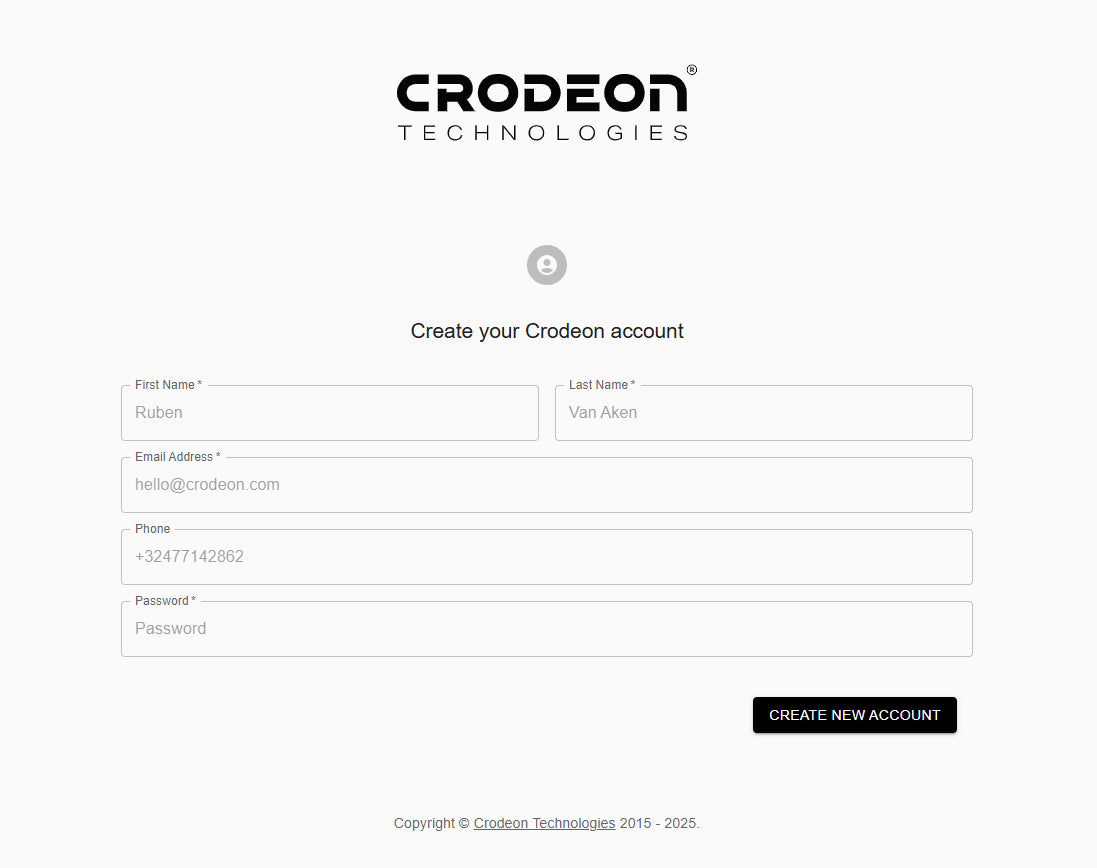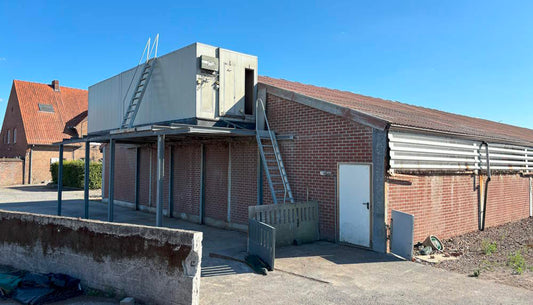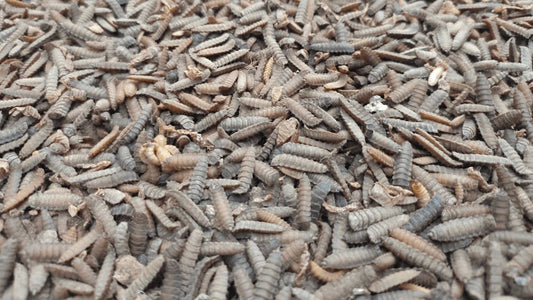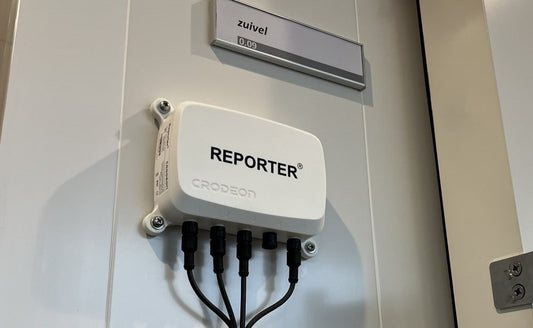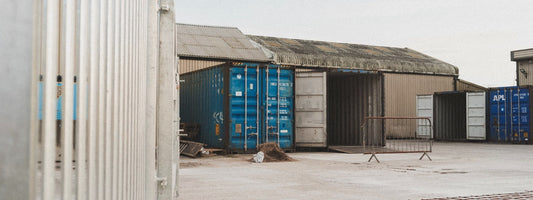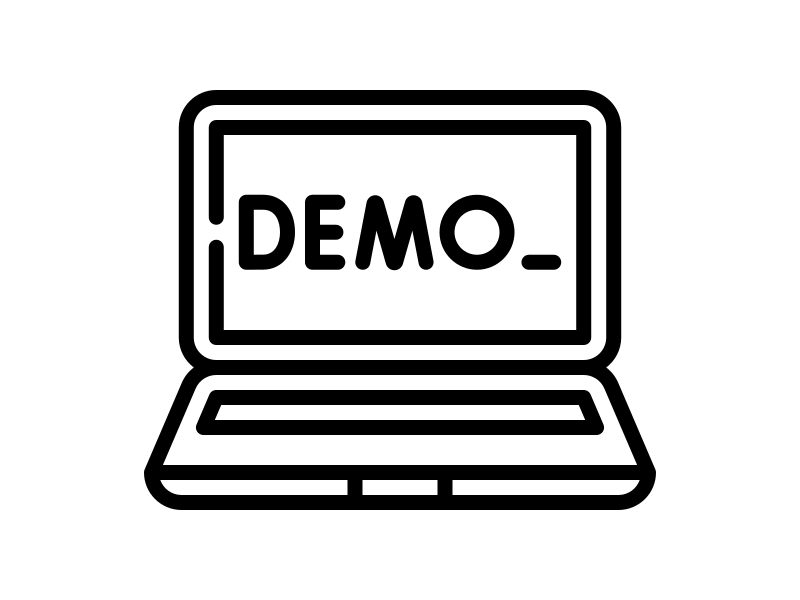4 fantastic ways to monitor your hydro garden or vertical farm
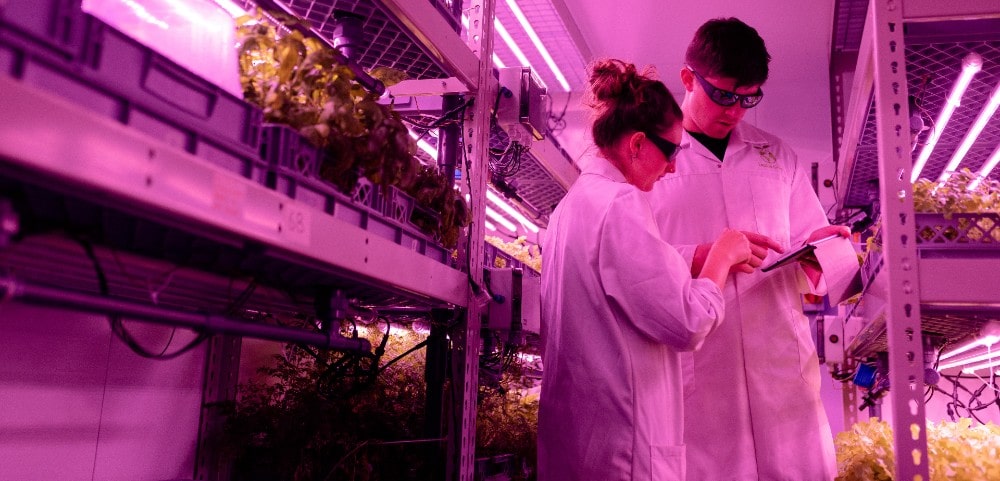
What is hydroponics?
Hydro farming is the practice of growing crops in a soilless medium. The plants are suspended in a liquid growth cocktail consisting of water, oxygen and nutrients. A big advantage of hydroponic farms is that they function fully independently of the weather and climate. They are indoors, after all.
Being able to manipulate the exact circumstances of the environment can also manage you to grow more plants in a smaller surface area. Especially when you combine hydroponics with vertical farming by stacking multiple layers of your growing installation onto one another. Besides, no droughts or floods will plague your harvest.
When growing crops in a non-traditional way, it's important to keep an extra close eye on your plants' needs. A hydro garden needs artificial light, temperature regulation, indoor climate control and irrigation control. All of which must be closely monitored.

1: Measuring light in hydro farming
When plants are taken out of nature and placed into a covered lab-like setting, they fail to see the light of day. Naturally, this lack of sunlight needs to be replaced. Artificial lighting needs to be very plant-specific as plants grow best in blue light and red light. This is also referred to as PAR, Photosynthetically Active Radiation.
To monitor whether your setup functions as it's supposed to it is recommended to place a LED PAR sensor in between your crops. A PAR sensor measures the amount of useful light that a plant actually receives from your lamps. This can give you more insight into your vertical farming installation in the long run. Helping you analyse your growth process in order for you to optimise.
Besides, it can even detect a power outage. A PAR sensor that is connected to a remote monitoring system can help you keep an eye on your plants, even when you're far away. The system sends its data to the cloud, here the software detects an anomaly (no light detected when there should be light). An alarm notification is then sent out to your phone. Keeping you up to date in real-time.
Measuring PAR levels allows you to keep track of how much light your plants have already received. If the amount of lighting is sufficient for the day, a relay module lets you switch off light with one tap on your phone screen. Easy peasy.

Source: Spectrum Technologies
2: Monitoring temperature in vertical agriculture
Plants need to be kept at an optimal temperature. Too much cold causes frostbite and broken plant cells, too much heat causes dehydration and burns. Not to mention the nasty pests and diseases that thrive with warmer or colder temperatures (fungus gnats, spider mites, scales, mealybugs…)
A stable temperature at which the plants remain at their healthiest is important, so it needs to be monitored. With a temperature sensor you can monitor the temperature. Combined with a remote monitoring system you can keep a live eye on your plants. Even when you're half a world away.
Too hot? Turn the cooling on. Too cold? Turn the heating on. And when the temperature is optimal again: switch it off. The relay output module enables you to operate your hydro garden, wherever you are.

3: Regulating indoor climate with vertical farming
Some plants love a humid environment, take those from the tropical jungle for example. Others hate moist air as it only causes moulds and fungi to tarnish their leaves. Whatever the plant may be, humidity should be measured.
A relative humidity sensor helps you measure and monitor the current percentage of water in the air. Leaf wetness can also be measured. This small but sturdy sensor lets you track how wet the foliage actually is. They can even help you prevent diseases and infections, as you have plenty of data to achieve optimal conditions. More moisture or less, it's up to you.
Hydro farming is a smart new way to grow plants. It's deserving of smart new ways to help you optimise your business.

4: Irrigating your hydro garden
No plant can grow without moisture, so you will have to irrigate your vertical farm. Drip systems can perfectly be operated remotely, switched on and off. A flowmeter measures if the water is actually moving or whether there is something going wrong in your set-up. Besides, soil moisture sensors can help you understand whether soil or substrate (if used) is moist enough or not.
Even your water reservoir can be measured, and a real-time update will be sent out to you if the level is too low. No need for real checkups when all the data is available on your phone.
Vertical agriculture is smart agriculture and remote monitoring is a smart solution.
Remotely monitoring your indoor plants and crops
Whether you want to track the growth of your plants by analysing data or whether you just want to stay up to date if anything goes wrong in your set-up, remote monitoring is your smart solution.
An autonomous, portable and remote sensor module like Reporter allows you to track & analyse your hydro garden with ease. The plug & play system is easy to install and instantly goes live. On your phone, tablet or pc the dashboard will show a comprehensible overview of your sensor data. Historical logged data can be exported and read into Excel.
A smart solution like hydro farming without remote monitoring, would be like a garden without flowers. It works, but there's certainly something important missing.

Making monitoring vertical agriculture smart & easy!
When trusting Reporter to keep you updated in real-time about changes in the conditions of your set-up, you save time and money. Our vast collection of sensors can be combined in whatever way you wish. Reporter is fully customisable to your needs.
Please don't hesitate to contact us if you still have a question or if you can't find the sensor you're looking for. We're happy to help!


